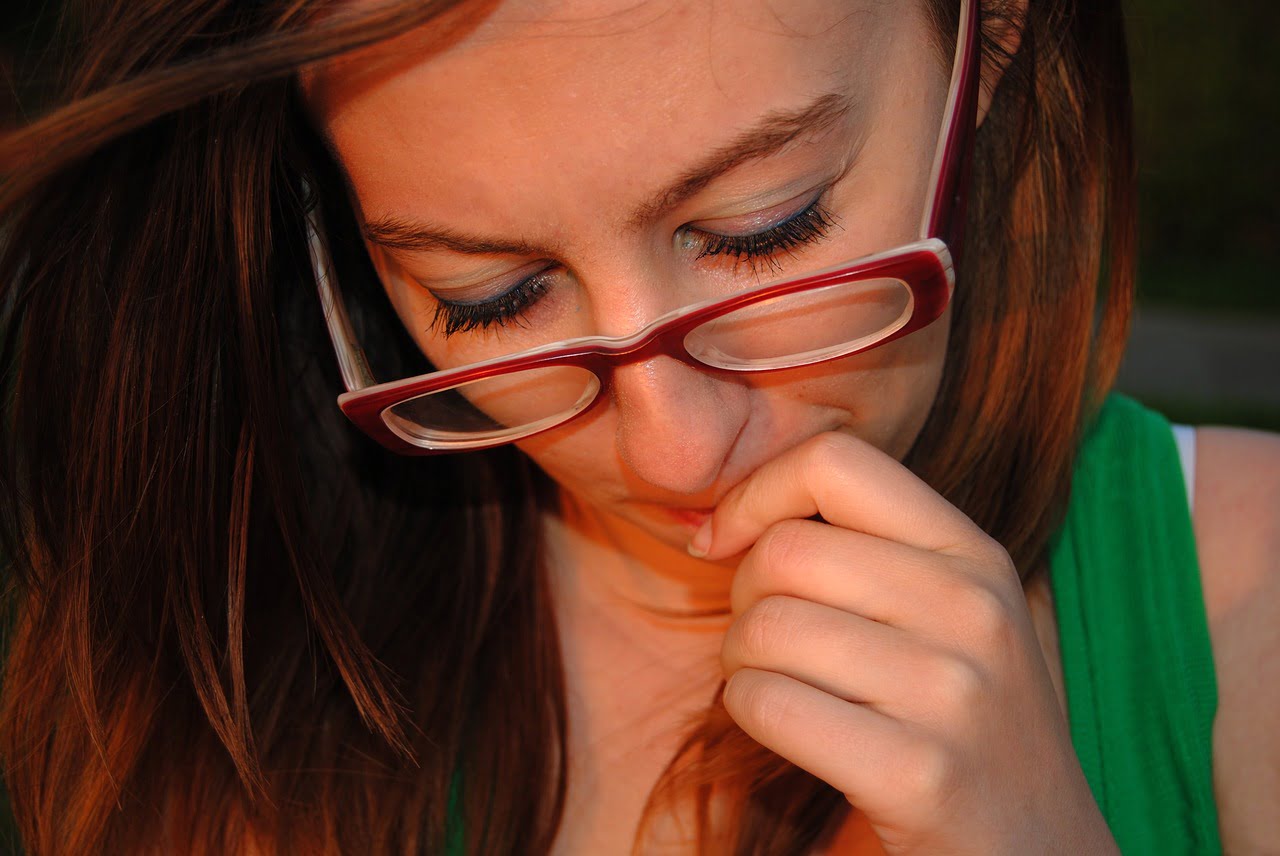Over the course of a woman’s lifetime, her breasts can change considerably. While some of these changes are due to childbirth and the normal aging process, other changes occur due to your health and lifestyle. Breast size and shapes can have varying degrees of metamorphosis. Understanding these changes is important.
Here’s an interesting point to consider. The more support you give your growing breasts, the larger they can grow. This is why women who consistently wear a bra while they were young will have better developed breasts than other young women. This can be seen in parts of the world where girls go topless.

Other factors that can affect your breasts are your climate, genetics, and your lifestyle. Also, as we mentioned above, the support your breasts are given while growing also contribute.
Breast Shapes and the Effect of Genetic Factors
Now, let’s talk about genetics. It is important to understand that no woman has identical breasts and most women naturally have one breast which is larger than the other.
We talked about breast shapes in this article here: Breast Shapes. But there are also other genetic factors which can affect your breast shape. To wit, breasts have been classified into shapes and normal conditions by medical professionals.
Types of Breasts
The perfect breast shape can be classified as a breast which is well toned. It also does not droop or sag. The nipple will protrude straight out. It will also be parallel to the ground. It is actually very rare for any woman to have the perfect breast shape. In truth, it is normally associated with those who have undergone a breast augmentation.
At the other end of the spectrum is sagging breasts. Sagging breasts are those which are classified as drooping towards the ground and where the nipples point in a downwards direction. While this is often associated with older women, this can happen to the younger set as well. If this occurs in young women, it is usually because their breasts have not received enough support while growing.
Other Breast Types
- Swooping breasts are ones which slightly bend inwards to your breast bone. This shape of a breast normally results in nipples which tend to point in an upwards direction. Often, this would be attributed to genetics, but it can also be dependent on the bra used.
- Small breasts are just breasts that do not have a lot of fatty tissue. Breast size is heavily influenced by fat tissues. Women with small breasts have small nipples and very little cleavage. Furthermore, size and cleavage are two of the main reasons why women want to augment their breasts and use breast enlargement methods.
- Large breasts are those with large amounts of fatty tissue. Naturally, women with this shape will often have much larger nipples. If you have large breasts, it is important to wear a good fitting bra for support. This is also to avoid discomfort and health issues.
- Tubular breasts can be seen as an abnormality. This type of breast is very thin and has very small nipples. The nipple can actually be very pointy and show through your clothing easily. This shape is often referred to as an egg shape.
- Pigeon breasts are another abnormality. This is when the breasts lay flat against the chest and extend downwards. This condition is associated with a congenital defect and can be corrected by a skilled surgeon.

Unusual Shape and Size? Seek Medical Advice
If you are looking to enhance the shape of your breasts, then you now have a good understanding of what shape you currently have. Use this as a way to identify the features of your own breasts.
As a final note, if you have any concerns about your breast size and shape, it is always best to consult your doctor. Your breast enhancement choices include using various natural solutions and methods as described on this site. But it is highly recommended that any decision you make is with the advice of a health expert.
Common Questions
Breast sizes vary, but the average is often considered to be around a B cup.
There’s no universal “perfect” size; it’s subjective. Embrace your natural shape and size.
Cup sizes alone don’t determine size accurately. C cup on one band size differs from another. Consult a fitting professional for accuracy.
Body weight can influence breast size as breasts contain fatty tissue. However, genetics and other factors play roles too.
